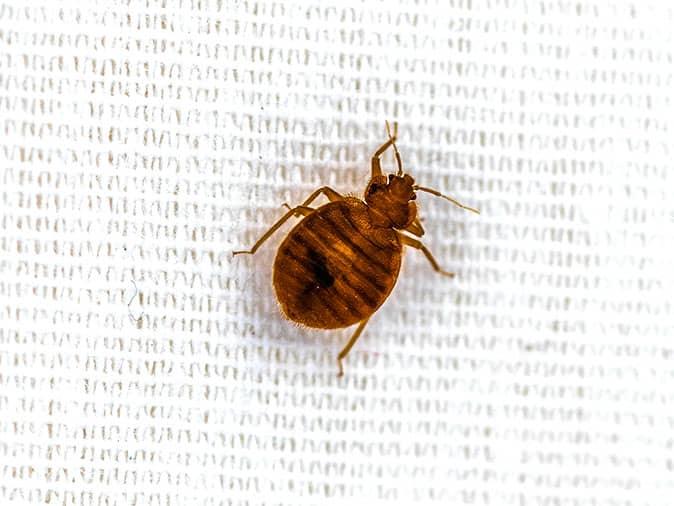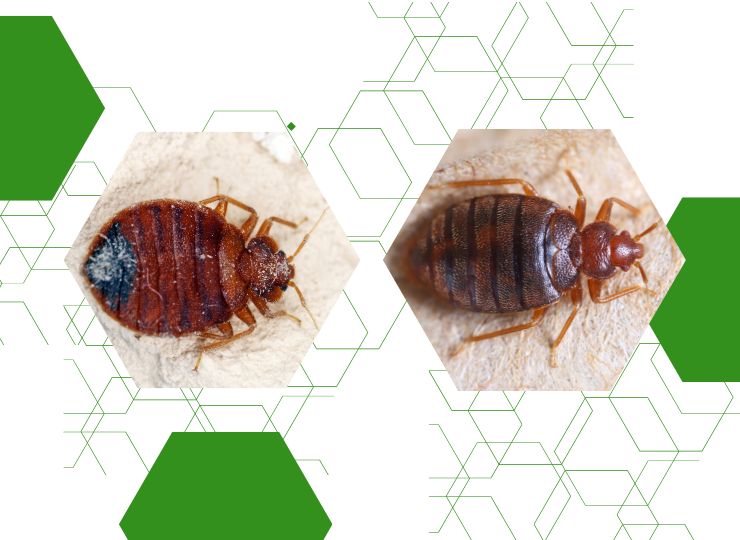Obtain Enlightened About the Sorts Of Pest Control Methods and Their Advantages for Homeowners
Recognizing the various insect control techniques readily available to property owners is crucial for effective insect management. From chemical and organic strategies to cultural and mechanical methods, each technique provides one-of-a-kind advantages that can dramatically impact both health and wellness and ecological safety and security. Home owners who are knowledgeable can make tactical options that not only address parasite concerns however also improve the total high quality of their living environment. As we explore these methods further, it ends up being clear that the decision-making process includes more than just instant results; it touches on long-term sustainability and well-being. What factors should influence these essential decisions?
Chemical Parasite Control Approaches
Chemical parasite control techniques are an important component of incorporated insect monitoring approaches for house owners seeking reliable options to pest infestations. These approaches include the application of chemical substances made to get rid of or discourage parasites that endanger individual residential property, health and wellness, and convenience. Typical chemicals used consist of insecticides, fungicides, rodenticides, and herbicides, each tailored to target certain parasites.
The main benefit of chemical bug control is its quick efficiency; several formulas give instant outcomes, lowering pest populations dramatically in a short time. In addition, advancements in chemical solutions have actually resulted in items that are a lot more eco-friendly and have reduced toxicity levels for non-target microorganisms when used correctly.

Biological Parasite Control Methods
Natural pest control methods have actually gained prominence as house owners seek safer and more sustainable alternatives to traditional chemical strategies. Organic bug control strategies make use of natural killers, bloodsuckers, or virus to manage parasite populations effectively. This technique is not only eco-friendly however also lessens the risk of injury to non-target species, consisting of useful pests and wildlife.
Among the most typical organic control techniques entails introducing all-natural killers into the atmosphere. For instance, ladybugs can be used to regulate aphid populations, while nematodes target soil-dwelling bugs like grubs. Additionally, parasitoids-- microorganisms that live on or within a host-- can be used to control specific pest species by laying eggs inside them, inevitably leading to their death.
Another method is the usage of biopesticides, which are originated from natural products such as bacteria, minerals, or plants (bed bug exterminator). These items can effectively target parasites while positioning marginal threat to people and pet dogs. Generally, biological pest control techniques offer homeowners with an efficient means of insect monitoring that lines up with environmental principles, promoting a healthier living setting while minimizing dependence on synthetic chemicals
Mechanical Parasite Control Methods
Mechanical parasite control methods incorporate a range of techniques that literally avoid or get rid of bugs without using chemicals. These strategies are specifically advantageous for house owners looking for ecologically pleasant alternatives while making certain the safety and security of their home.
One usual method is making use of barriers, such as nets, traps, and screens, which stop insects from entering homes or specific areas. For instance, installing home window displays can efficiently keep pests out, while utilizing physical barriers around yards can discourage bigger pests like bunnies or deer. In addition, mechanical traps designed for rats can capture and remove these bugs without the need for how to kill ants toxic materials.
An additional efficient technique entails making use of vacuums and mops to remove insects straight from surfaces. Normal cleaning and upkeep can substantially decrease parasite populaces by removing food sources and concealing places. In addition, employing gadgets like ultrasonic insect repellents can discourage numerous bugs through acoustic wave that are unpleasant to them however inaudible to humans.
Cultural Bug Control Practices
Cultural bug control practices concentrate on changing the setting and management methods to produce conditions that are less helpful to pest infestations. These techniques are basic in preserving a balanced community and reducing the reliance on chemical treatments. By altering farming practices, house owners can properly hinder bugs while advertising plant health.
One usual method consists of plant rotation, which disrupts the life cycles of insects by transforming the kinds of plants expanded in a specific location (bed bug exterminator). This not just decreases pest populaces however likewise enhances soil wellness. In my sources addition, intercropping-- growing diverse crops in proximity-- can perplex parasites and lower their capacity to find their favored host plants
Water management is an additional essential facet of social methods. Proper watering techniques can avoid standing water, which acts as a breeding ground for insects and various other pests. Furthermore, maintaining cleanliness around the home, such as on a regular basis eliminating particles and food waste, can substantially lower parasite attraction.
Including these cultural methods right into a comprehensive insect management strategy allows home owners to develop an environment that normally prevents parasites, consequently enhancing the effectiveness of various other control methods while advertising sustainable horticulture and landscape design.

Integrated Insect Monitoring Approaches
Integrated Insect Monitoring (IPM) represents an all natural strategy that combines different approaches to successfully take care of parasite populations while lessening ecological effect. This technique incorporates organic, cultural, physical, and chemical practices to attain sustainable parasite control. By evaluating pest populations and their all-natural opponents, IPM highlights tracking and determining bugs prior to applying control actions.
One of the core principles of IPM is using limits, which develop the degree of bug task that calls for treatment. This guarantees that treatments are applied only when necessary, reducing the dependence on chemical pesticides. Organic control approaches, such as introducing natural predators or bloodsuckers, operate in combination with social methods like crop turning and habitat adjustment browse around these guys to interrupt pest life cycles.
Moreover, IPM urges using least-toxic chemical options when treatment is essential, focusing on items that position very little danger to non-target organisms and the environment. For property owners, adopting IPM comes close to not only enhances the efficiency of pest management yet likewise advertises a much healthier living atmosphere, cultivating biodiversity and lowering chemical direct exposure. Inevitably, IPM equips homeowners to make enlightened decisions that stabilize bug control with ecological duty.
Conclusion
In verdict, understanding the numerous pest control techniques empowers house owners to make informed decisions relating to pest monitoring. Each method-- chemical, biological, mechanical, social, and incorporated insect monitoring-- uses distinct benefits that cater to various requirements and preferences.
Comprehending the different bug control approaches readily available to property owners is important for reliable bug administration.Chemical bug control approaches are an essential element of integrated insect management techniques for property owners seeking reliable services to pest infestations. Overall, organic parasite control methods provide property owners with an efficient methods of insect management that straightens with environmental principles, advertising a healthier living atmosphere while reducing dependence on synthetic chemicals.
Cultural insect control practices concentrate on modifying the setting and management strategies to produce problems that are much less favorable to pest infestations.In final thought, understanding the numerous pest control approaches empowers house owners to make informed choices regarding pest administration.